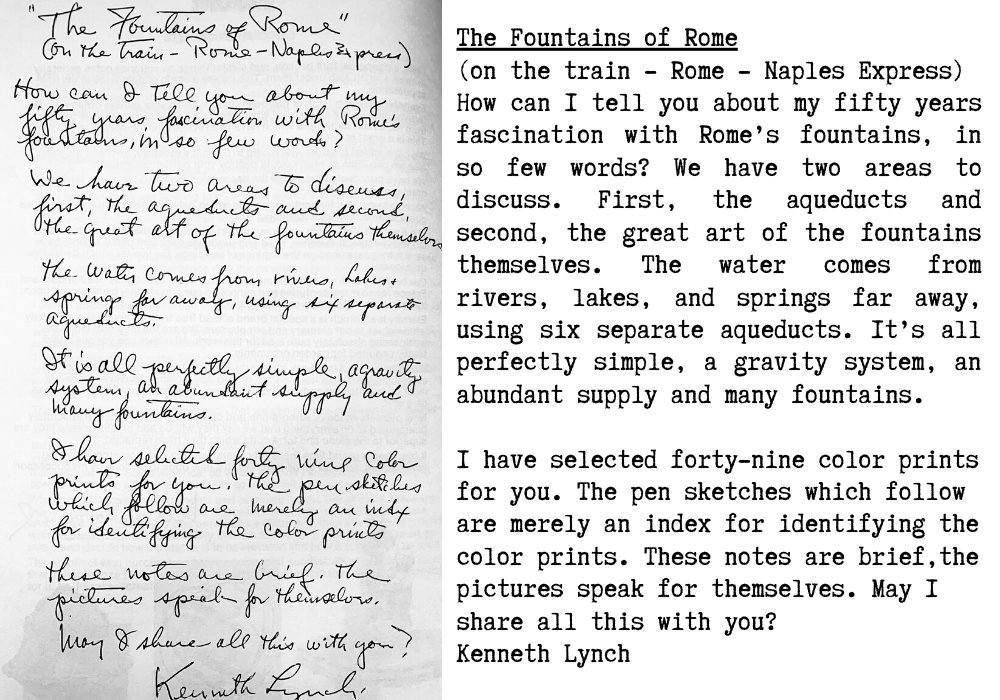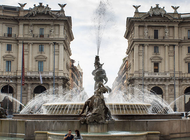Feb 13th 2020
Inspiration from the Fountains of Rome
Our founder, Kenneth Lynch, was a lover of classic Italian architecture, sculpture, and ornamentation. With so much history and symbolism in the piazzas of Italy, it is no surprise that he looked to Italian classicism for inspiration. But more than anything, Kenneth Lynch was fascinated with the art and engineering of the fountains of Rome, as described in his handwritten letter penned decades ago on the Rome-Naples Express Train.
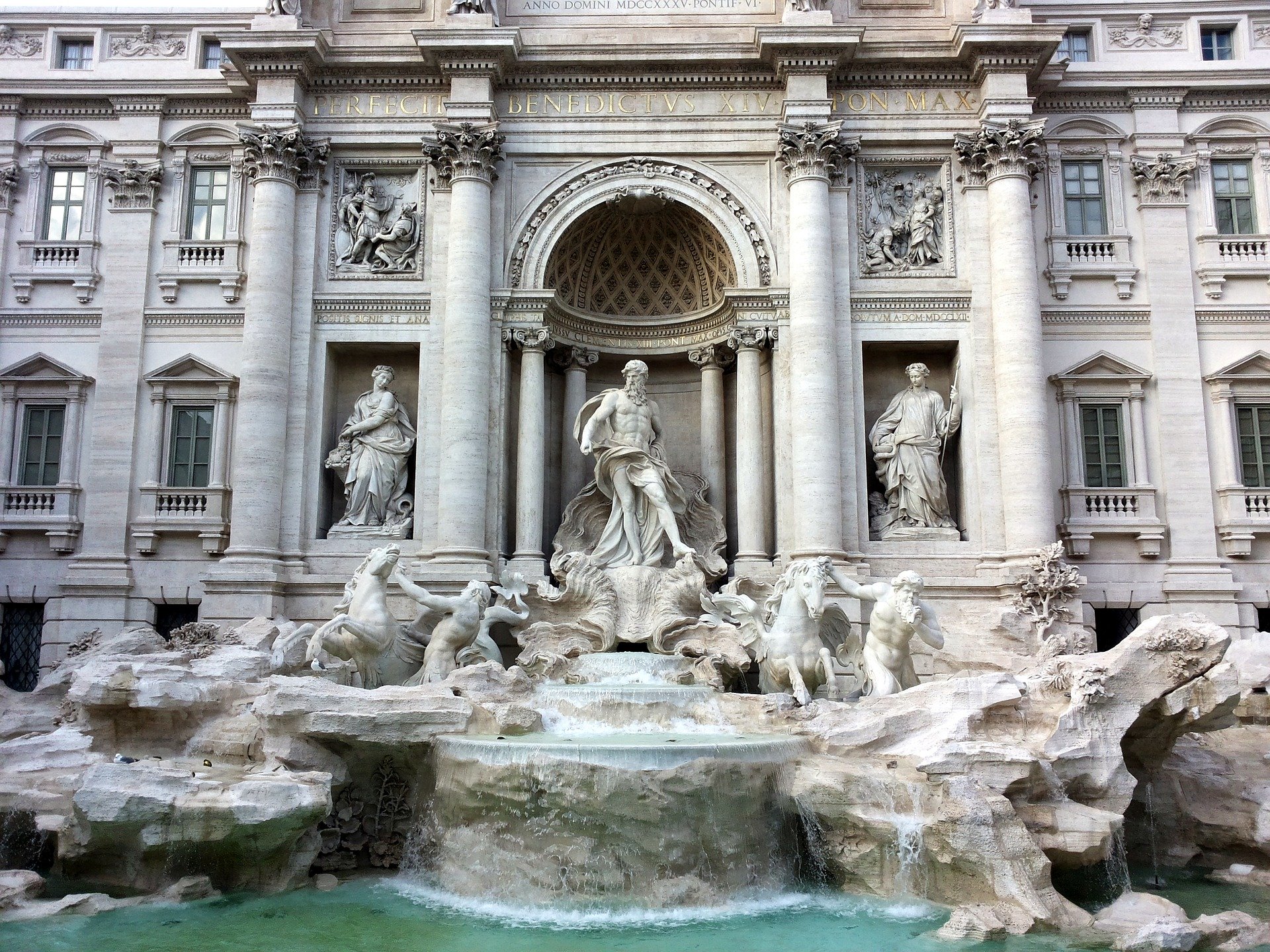
The Trevi Fountain in Rome, Italy.
In the 1950’s, Lynch traveled to Europe to begin collecting and producing all types of garden ornaments with a heavy emphasis on Italian Carved Limestone. His goal was to find fountain styles with various smaller components which could be easily reproduced and transported. It was his idea to make available the beautiful artistry of hand carved statuary to the general public by offering the items in a less expensive material in the United States. One of these trips was to Rome, where he was able to experience the city’s ancient, dramatic, and ornate fountains firsthand. He created hundreds of sketches, photographs, and field notes which were compiled and published in “The Fountains of Rome”, an extensive supplement to our “Encyclopedia of Garden Ornament.”
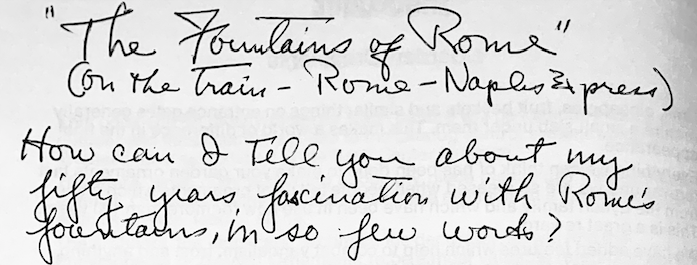
The introduction to Kenneth Lynch's handwritten letter written on the Rome-Naples Express Train.
Rome was, and still is, a city of exquisite fountains, created by skilled engineers and artisans. As far back as 312 BC, Roman engineers created aqueducts to guide water from neighboring hills to flow to the city. Some of the most famous and oldest fountains in Italy portray allegorical figures, symbolizing cultural strength, confidence, and power. During these times, the sculptures acted as the principal design element, while the flowing water of the fountains added drama and movement.
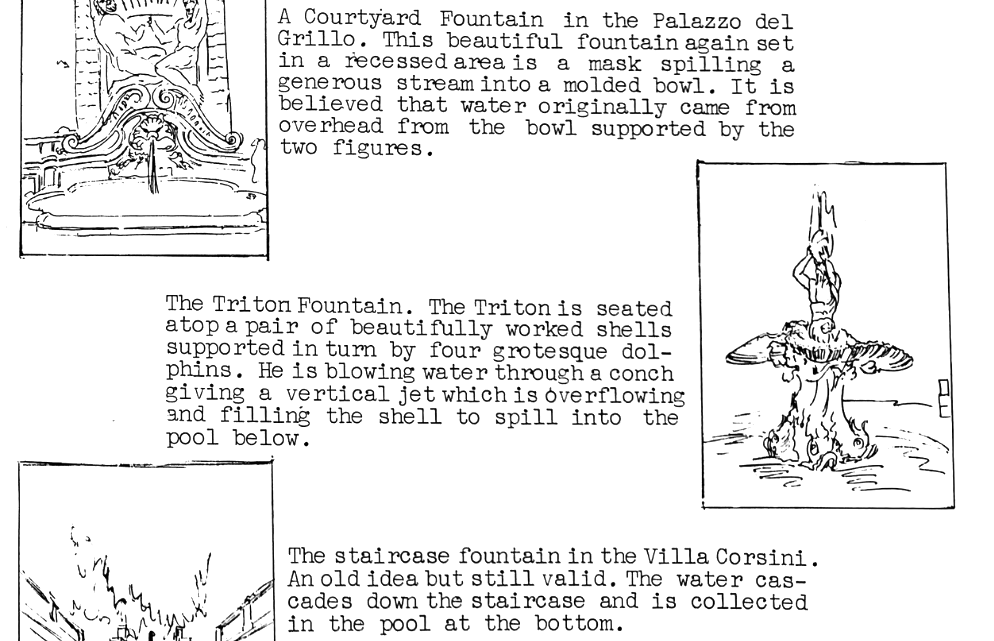
Kenneth Lynch’s sketches of the many classical fountains he used as design inspiration.
Kenneth Lynch considered each fountain to be an individual work of art, complete with its own unique set of emotion, movement, and a story waiting to be told. Think of the Trevi Fountain, considered to be one the most famous fountains and masterpieces in the world. Its unmatched detail and dramatic figures make an everlasting impression on visitors. Similarly, the Triton Fountain and the Four Rivers Fountain are characterized by classical detail, remarkable grandness, and profound presence.
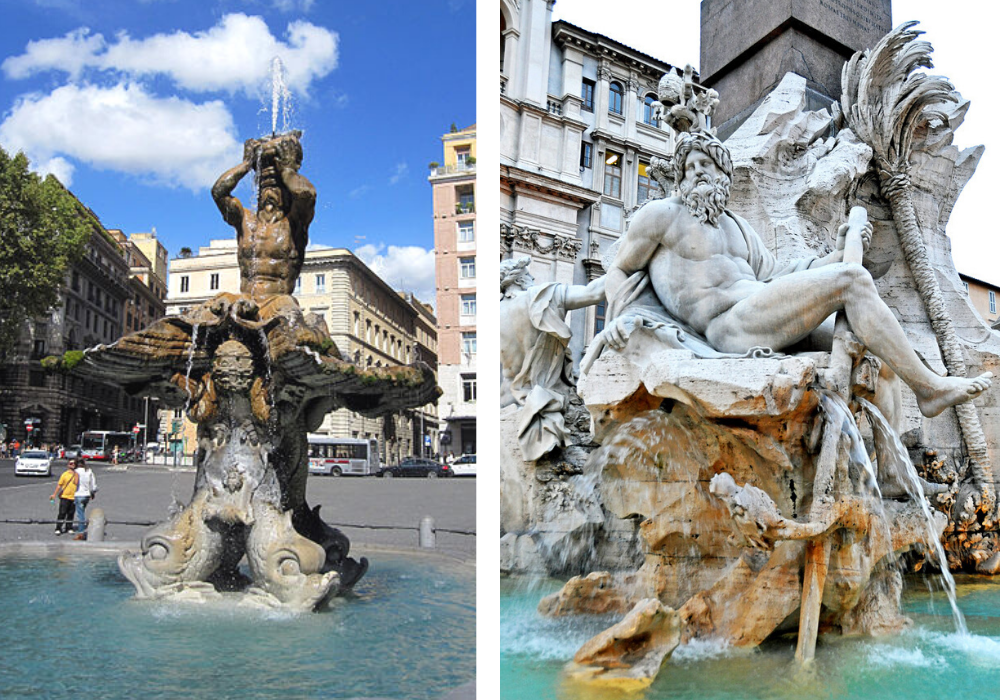
The Triton Fountain and the Four Rivers Fountain in Rome, Italy.
The inspiration that Kenneth Lynch found in the fountains of Rome is reflected in today’s Estate Elements collection of statuary, bird baths, urns, finials, and of course, fountains. Italian classicism offers timelessness and relevance to this day, and we are honored to continue this legacy of classically inspired Kenneth Lynch & Sons pieces that enhance the finest gardens and homes across the country.
Explore our Estate Elements Fountains
Read the full letter from Kenneth Lynch
